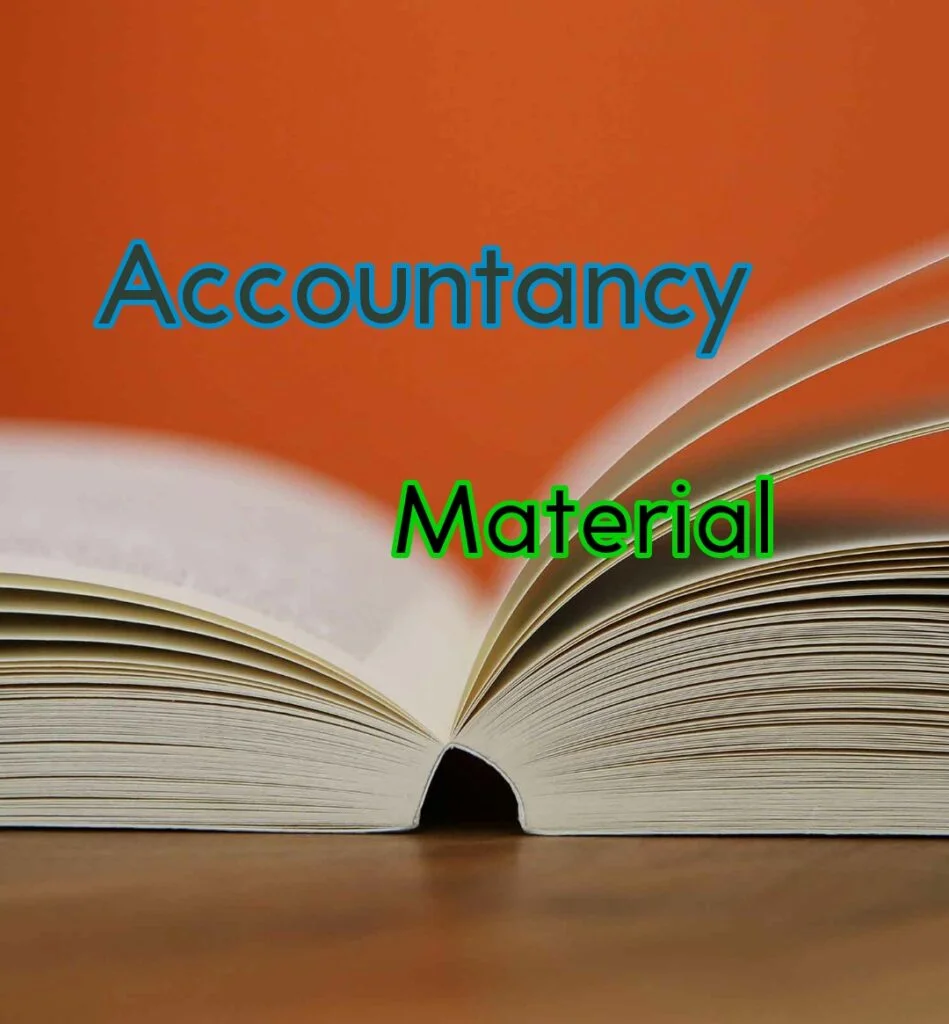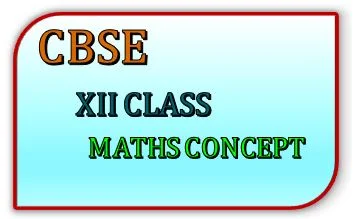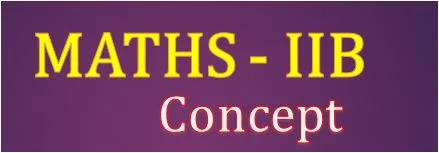Telugu Grammer( తెలుగు వ్యాకరణం )
Telugu Grammer( తెలుగు వ్యాకరణం ) Telugu Grammer( తెలుగు వ్యాకరణం ): మన మనస్సు లోని భావాలను , అనుభూతులను పైకి చెప్పడానికి మాతృభాష ఎంతో ఉపయోగం , అందుకే మాతృ భాష తల్లి లాంటిది అంటారు. మనం మన మాతృ భాషని గౌరవించాలి . గ్రహణ సామర్థ్యం పెరగడానికి మాతృ భాష లో విద్యా బోధన ఎంతగానో ఉపయోగ పడుతుంది. మాతృ భాష లో బోధించడం వలన విద్యార్థుల్లో సృజనాత్మకత పెరుగుతుంది. భాషా భాగాలు […]










